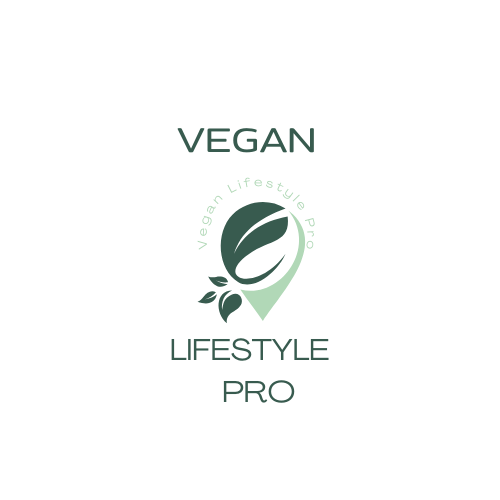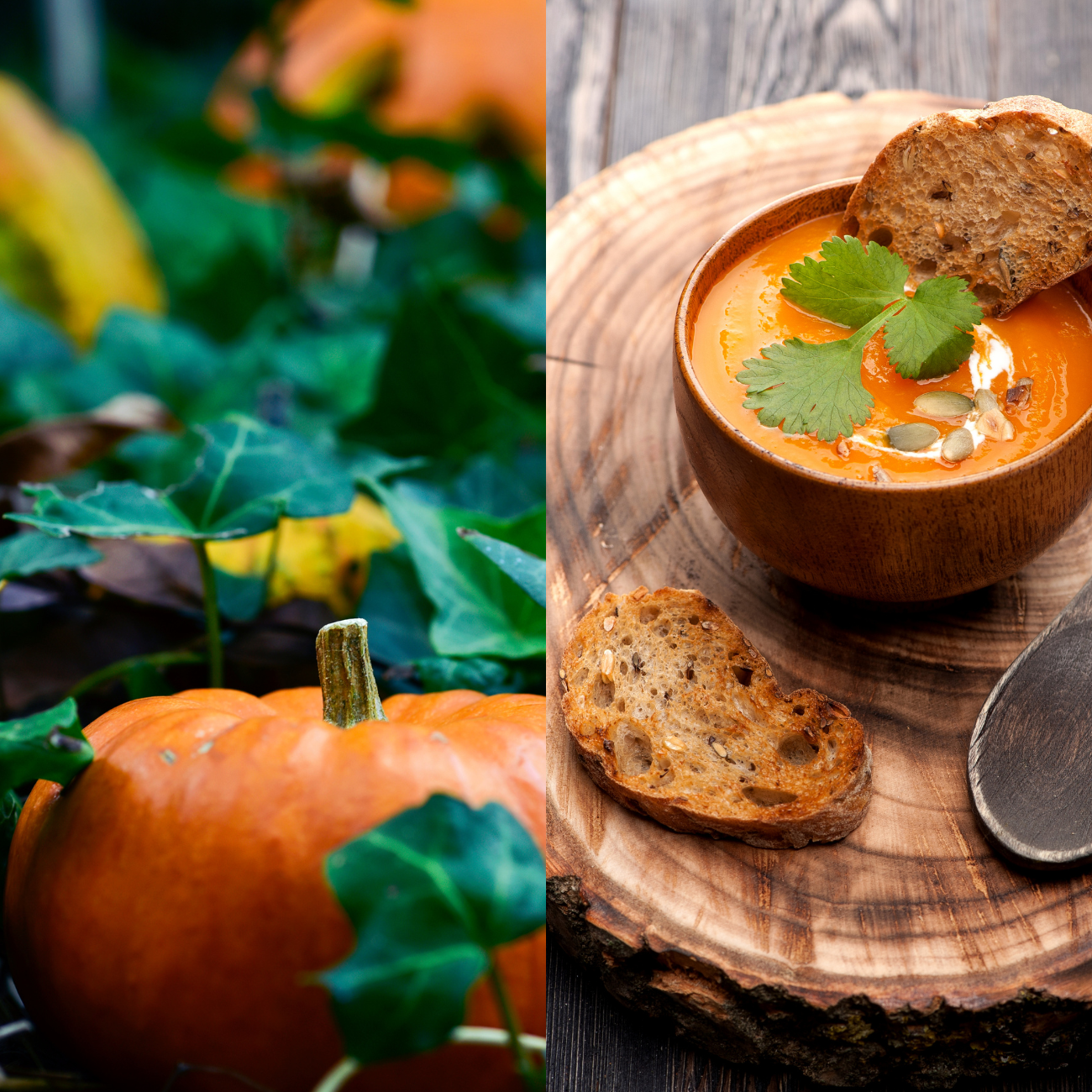In a world increasingly besieged by environmental challenges, the call for sustainable living has never been more urgent. Adopting an eco-friendly lifestyle isn’t just a trend; it’s a necessity. From reducing carbon footprints to minimizing waste, there are myriad ways individuals can contribute to a healthier planet. One particularly compelling avenue towards sustainability lies in embracing a bush lifestyle—a harmonious coexistence with nature that prioritizes self-sufficiency and minimal environmental impact.
Finding Your Patch of Paradise
The first step towards cultivating a sustainable lifestyle is securing a piece of land conducive to your vision. While outright land ownership may not be feasible for everyone, leasing land for long-term use is an increasingly popular alternative. Many rural areas offer such arrangements, providing individuals with the opportunity to steward the land sustainably without the burdens of traditional ownership.
Building Your Sanctuary
Once you’ve secured your slice of wilderness, the next step is to build a home that embodies the principles of sustainability. Opting for a small, energy-efficient dwelling not only minimizes environmental impact but also fosters a deeper connection to the natural world. Consider incorporating renewable energy sources like solar panels and rainwater harvesting systems to further reduce your ecological footprint.
Living in Harmony with Nature
A hallmark of the bush lifestyle is the integration of livestock and agriculture into daily life. Chickens and ducks not only provide a sustainable source of protein but also contribute to soil fertility through their droppings. A small pond stocked with fish offers another source of nutritious food while enhancing the biodiversity of your land.
Cultivating Abundance
Central to sustainable living is the cultivation of food in harmony with nature. A large garden bursting with diverse fruits, vegetables, and herbs forms the heart of a self-sufficient homestead. Embrace organic gardening practices, eschewing synthetic pesticides and fertilizers in favor of natural alternatives. By growing your own food, you not only reduce your reliance on industrial agriculture but also savor the unmatched flavor and freshness of homegrown produce.
Embracing a Plant-Based Diet
At the core of a sustainable lifestyle lies a commitment to ethical consumption. Transitioning to a plant-based diet is one of the most impactful ways individuals can reduce their environmental footprint. By eschewing animal products, you not only spare countless animals from suffering but also dramatically decrease your water and land usage while mitigating deforestation and greenhouse gas emissions associated with animal agriculture.
Conclusion
Crafting a sustainable, eco-friendly lifestyle is not only a personal journey towards greater self-sufficiency but also a profound commitment to the well-being of our planet. By embracing the bush lifestyle, individuals can forge a deeper connection with nature while minimizing their ecological impact. Through mindful stewardship of the land and a dedication to ethical consumption, we can pave the way towards a brighter, more sustainable future for generations to come.
Garden Marker: https://amzn.to/3Xl2vRO → Shade Cloth- https://amzn.to/3KIlsX5 → Garden Straw Mini: https://amzn.to/4ciZx4G
Questions and Answers:
- What are some challenges individuals may face when transitioning to a bush lifestyle?
- Transitioning to a bush lifestyle can pose challenges such as adapting to off-grid living, learning sustainable land management practices, and adjusting to a more self-sufficient way of life. However, these challenges are often outweighed by the profound rewards of living in harmony with nature.
2. How can individuals ensure they maintain a diverse and resilient ecosystem on their land?
- To maintain a diverse and resilient ecosystem, individuals can prioritize native plantings, practice rotational grazing to prevent overgrazing, and minimize the use of chemical inputs that can disrupt natural ecological processes.
3. What resources are available to support individuals interested in pursuing a sustainable lifestyle?
- There are numerous resources available, including permaculture courses, community-supported agriculture networks, and online forums where individuals can connect with like-minded individuals and share knowledge and experiences.
4. How can urban dwellers incorporate elements of a bush lifestyle into their lives?
- Urban dwellers can embrace aspects of a bush lifestyle by cultivating container gardens, participating in community gardens, and reducing their reliance on conventional utilities through initiatives like rooftop solar panels and rainwater harvesting systems.
5. What role does mindfulness play in sustainable living?
- Mindfulness is essential in sustainable living as it encourages individuals to be conscious of their consumption habits, minimize waste, and cultivate a deeper appreciation for the natural world. By practicing mindfulness, individuals can make more informed choices that align with their values and contribute to a more sustainable future.

